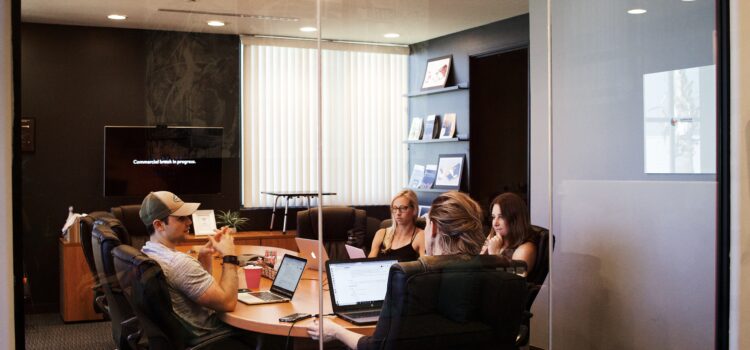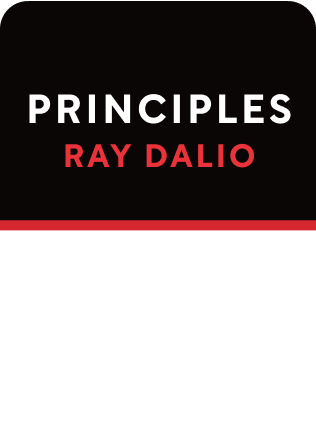

This article is an excerpt from the Shortform summary of "Principles: Life and Work" by Ray Dalio. Shortform has the world's best summaries of books you should be reading.
Like this article? Sign up for a free trial here .
What is radical transparency? How does it work? How can you work toward radical transparency in your company?
Radical transparency is a concept that encourages companies to let everyone have access to everything else. Ray Dalio believes that the principle of radical transparency encourages employees to feel empowered and in turn leads to more success.
Read to find out more about radical transparency and how it works.
Radical Transparency
Radical transparency lets everyone see everything. Everyone gets access to the full truthful information, rather than having it filtered through other people first. In turn, people with better information can make better decisions, and the organization draws on the full power of its people.
At Bridgewater, it means:
- All meetings and interviews are recorded and made available to the entire team.
- Baseball cards show each person’s strengths and weaknesses.
- During meetings, a dot collector tool lets people submit real-time impressions of each other in meetings. For example, while you’re giving a presentation, others might give you ratings of being “a poor presenter” or “great at understanding detail,” and this is made public for everyone to see.
Radical transparency has a range of important benefits:
- It reduces politics, since everything’s out in the open.
- It reduces bad behavior, since it can be monitored.
- At first, lawyers thought recording everything would be a liability in lawsuits and regulatory action. In reality, radical transparency limited bad behavior to begin with, since people knew they were being watched. It even protected people when they were accused of things they didn’t do.
- It prevents the syndrome of people doing two jobs—their actual job, and the job of managing others’ impressions of them.
- Justice is more likely to prevail correctly, because decisions aren’t just made behind closed doors by powerful people.
- Learning is amplified by other people’s experiences. For example, recorded meetings provide training scenarios, where new employees can simulate their responses to real situations.
Dalio suggests that you should be radically transparent as a default, with very few exceptions. Often the most difficult information to share is the most important to share, because it builds the trust of people you are sharing it with. Consider the second- and third-order consequences of not sharing something.
Bridgewater has only a few exceptions to radical transparency:
- When information is private or personal and doesn’t pertain to the community (such as personal health issues).
- When information puts the long-term interests of Bridgewater or its clients at risk (such as trading details that competitors can use, intellectual property, or audits of departments).
- When the value of sharing is low but the risk of distraction is high (such as compensation, or information that will be distorted by the media).
- People who show they cannot handle transparency lose their privilege to transparency and are often removed from Bridgewater.
When practiced well, radical truth and radical transparency have a flywheel effect that gets stronger. The more care you give each other, the tougher you can be on each other, the better you will perform, and the more rewards you get.
Adjustment Time is Needed
Radical truth and transparency are so different from how most places operate that most people need an adjustment period. Bridgewater finds that new employees can take 18 months to adjust fully, and many people never adjust at all and leave.
Radical truth and transparency also need to be managed to avoid excesses. With access to all this information, people can get involved in more things than they should. Likewise, people who can’t weigh information responsibly may draw the wrong conclusions from all the data they see.

———End of Preview———
Like what you just read? Read the rest of the world's best summary of Ray Dalio's "Principles: Life and Work" at Shortform .
Here's what you'll find in our full Principles: Life and Work summary :
- How Ray Dalio lost it all on bad bets, then rebounded to build the world's largest hedge fund
- The 5-step process to getting anything you want out of life
- Why getting the best results means being relentlessly honest with everyone you work with






